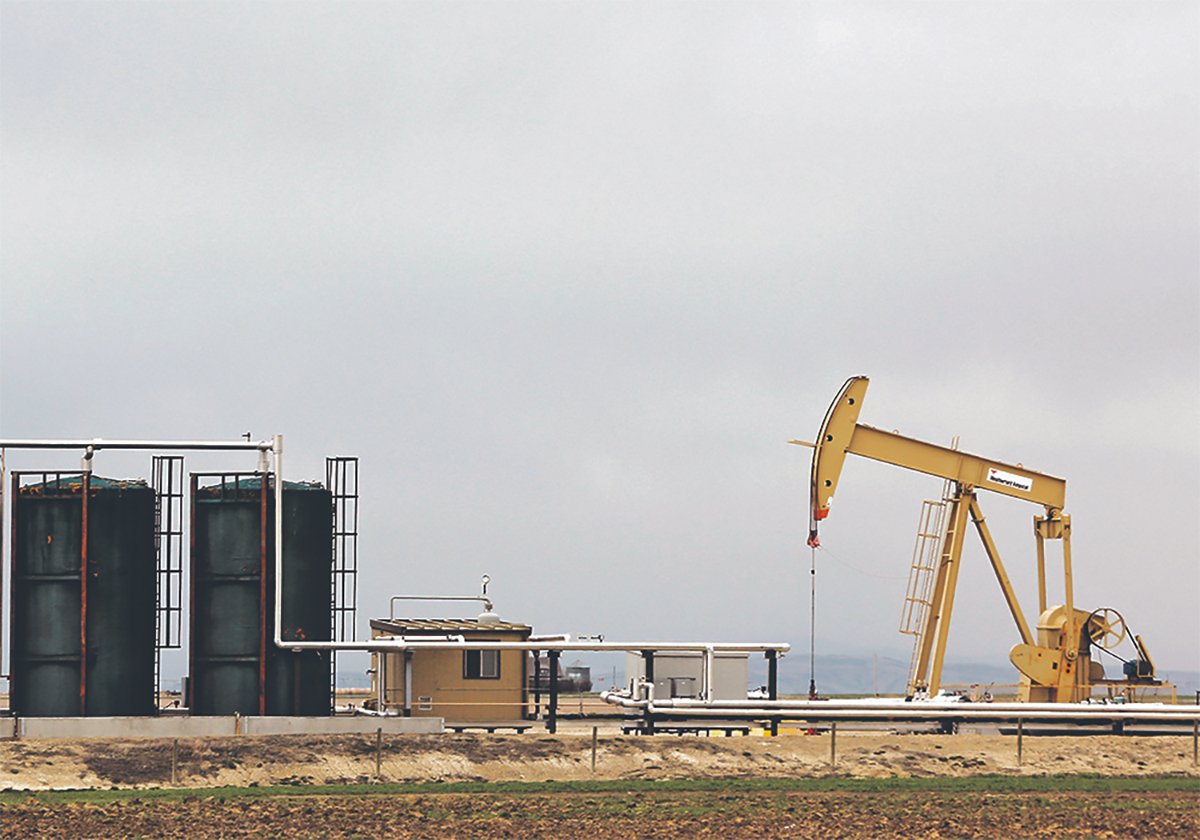There is more canola in bins than what industry thought

It appears that once again, the assessment of canola production will prove to be an under-estimate, continuing a multi-year trend.
I’ve pointed out in previous columns this tendency of the November Production of Principal Field Crops report to under-estimate the crop, and it appears it has happened again, based on the strong pace of exports and domestic use.
We are three quarters through the crop year, but we’ve already exported 7.69 million tonnes of canola, blowing past the 7.5 million tonnes that Agriculture Canada forecast for the whole year.
Read Also


Crude oil prices are warning for global economy
Crude oil is king of the commodity markets and usually is a very good indicator of where the economy is headed.
That forecast for 7.5 million tonnes of exports was based on the assumption that the 2024 crop was 17.8 million tonnes, according to the November Statistics Canada report.
It works like this: Statistics Canada provides the crop production estimate (17.845 million tonnes) and the carry-in to the crop year (2.75 million) and a small amount of imports, resulting in total supply (20.75 million.)
Agriculture Canada then makes forecasts about how much will be exported and used domestically and what will be the year end carryout.
But as noted, we have already exceeded the export forecast, and we are right on pace to match the domestic use forecast.
Even with the hand wringing about all the Chinese and American tariffs — and don’t get me wrong, they are a major issue — we are on pace to run out of canola by the end of the crop year.
And that is unlikely.
In reality there is likely more canola in bins than the official tally. The Statistics Canada July 31 crop stocks report will provide a reassessment of 2024 production.
Even though there is more canola around than thought, supply is narrowing, and as a result, price rationing is already occurring.
If there was no worry about tariffs, the price might be even higher.
Last week, old crop futures edged above $700 per tonne, the highest level in almost a year, and the basis has narrowed considerably from what is was a couple of months ago, leading to the strongest cash price this crop year, based on data from PDQInfo.ca.
The narrowing basis shows canola buyers are still eager to get their hands on more product.
Even with all the worries about tariffs, exports and domestic use in April were respectable, according to Canadian Grain Commission statistics.
In the four weeks of April, exports averaged a little more than 200,000 tonnes a week, although they were stronger at the beginning of the month than at the end.
Domestic use also averaged a little more than 200,000 tonnes a week, but in this case the numbers were higher at the end of the month.
However, there is a sign that crusher profitability is taking a hit.
The ICE Futures market, where canola trades, publishes the Canola Board Crush Margin. It is a rough assessment of the revenue derived from the oil and meal produced from crushing a tonne of canola.
Because it uses soybean oil and meal as stand-ins for canola products, it is not a true measure of crushing profitability, but it provides a relative index about when times are good and when they are not.
On May 1, the margin relative to the nearby futures contract was $115.68, down from $181.18 on April 1. At the beginning of March, it was $122.05. A year ago, on May 1, it was $138.64.
So it appears it is less profitable to crush now, but the index is far from showing no profit.
The crush revenue has a strong relationship to the oil component because canola is 40 per cent oil, much more than the 18 to 20 per cent in soybeans.
Global vegetable oil supply has been a bit tight this year, and so seed oil values have been stronger than meal values.
However, because a lot of vegetable oil goes into biofuel, prices are also influenced by crude oil values.
West Texas Intermediate crude last week fell below US$60 per barrel. It also had a few sub-$60 days in early April, but before that you have to go back to the February of 2021 to see similar low levels.
Crude is falling because of worries about potential global economic slowdown arising from U.S. tariffs.
Also, the Organization of Petroleum Exporting Countries and its allies, known as OPEC+, is increasing output in May by 411,000 barrels per day.
Reports are that Saudi Arabia will push for a further increase in June.
So crude prices are likely to remain subdued, and that could offset the upward momentum in seed oil.
Also of note is the weakening palm oil price as production of that vegetable oil recovers from shortfalls caused by dry weather last year.
Source: producer.com


